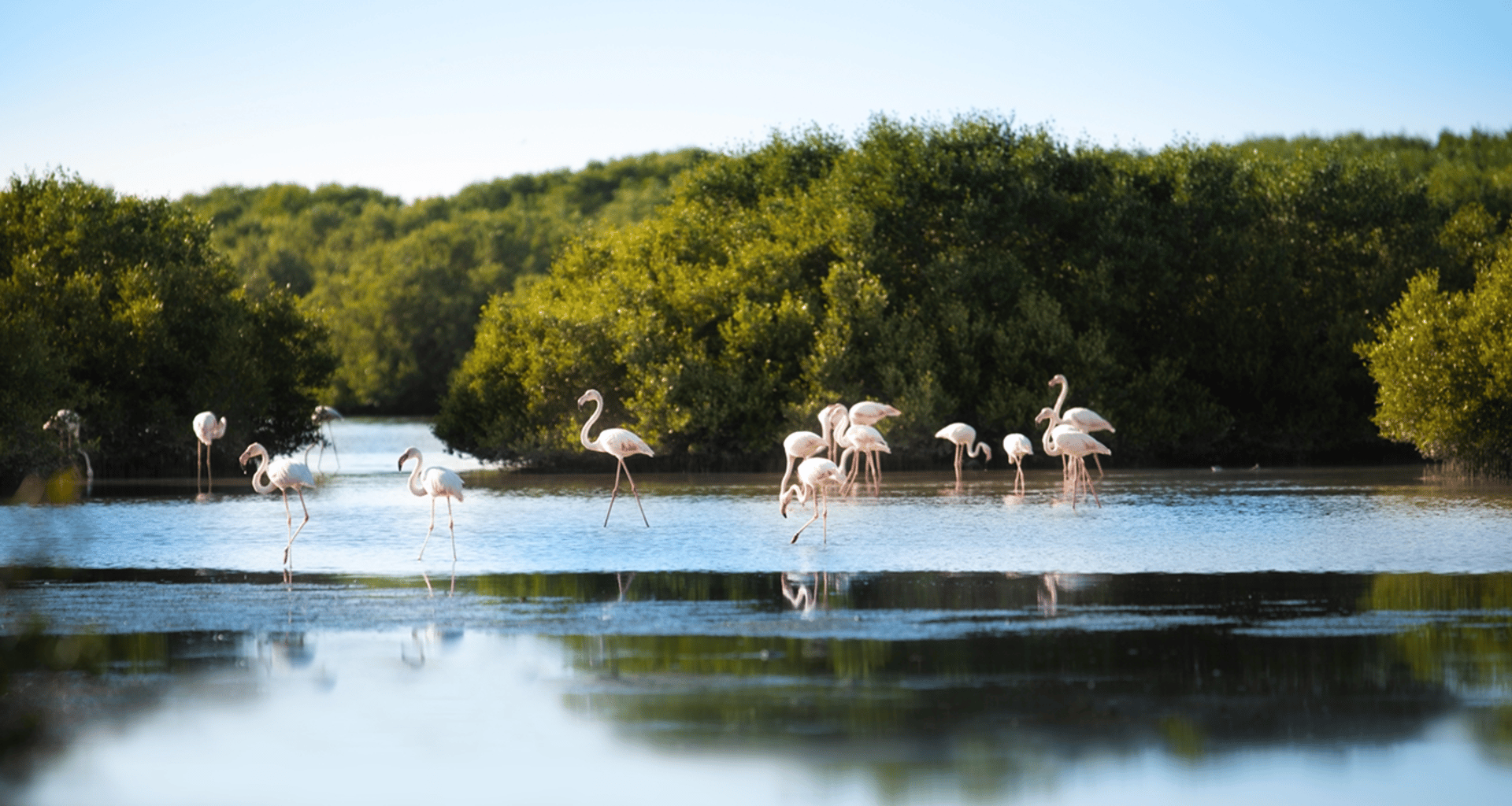
Exploring the Wildlife and Nature of the UAE: A Journey Through Desert, Mountains, and Marine Life
2/17/20255 min read
Breathtaking Mountain Ranges
The United Arab Emirates is home to several striking mountain ranges, most notably the Hajar Mountains, which stretch along the eastern border of the country. Formed approximately 70 million years ago as a result of tectonic activities, these mountains present a stunning backdrop of rugged terrain and dramatic peaks. The geological formations found here, comprising limestone, dolomite, and sandstone, give rise to an intricate landscape that is not only visually captivating but also ecologically significant.
The Hajar Mountains play a crucial role in shaping the local climate, influencing precipitation levels across the region. As moist air rises over the mountains, it cools and condenses, leading to increased rainfall in the surrounding areas. This phenomenon contributes to the unique biodiversity found in the upland ecosystems of the UAE. Rare plant species thrive in these high-altitude environments, including the endangered Omani wildflower and various aromatic herbs. These plants provide essential habitat for numerous animal species, further enhancing the ecological richness of the region.
The Majestic Desert Landscapes
The United Arab Emirates is renowned for its breathtaking desert landscapes, which present a unique ecological tapestry that is as rich as it is diverse. Among the most notable deserts is the Rub' al Khali, commonly referred to as the Empty Quarter. Spanning over 1,000 kilometers and characterized by its towering sand dunes, this vast expanse is not only a geographical wonder but also a crucial biome housing various species adapted to extreme aridity.
In these arid surroundings, unique flora and fauna thrive, demonstrating remarkable adaptations to survive with limited water and harsh temperatures. One of the most iconic species found in the UAE desert is the Arabian Oryx, a creature that has been successfully reintroduced into the wild thanks to extensive conservation efforts. With their distinctive long, straight horns and striking white coats, Arabian Oryxes symbolize resilience in the face of adversity. Additionally, desert foxes, known for their keen hunting skills and adaptability, navigate the rocky terrain to find food, further highlighting the intricate balance of this desert ecosystem.
As explorers traverse these scenic landscapes, they will experience the rich tapestry of life that thrives among the mountains, embodying the essence of the rugged beauty that defines the UAE.
Vibrant Marine Life and Coastal Ecosystems
The coastlines of the United Arab Emirates are renowned for their stunning marine biodiversity, situated between the Arabian Gulf and the Gulf of Oman. These waters are home to an assortment of marine ecosystems, including coral reefs, mangroves, and seagrass beds, each contributing to the rich tapestry of marine life. Coral reefs, often regarded as the rainforests of the sea, serve as crucial habitats for numerous fish species and invertebrates. The UAE's reefs support a diverse variety of organisms ranging from colorful clownfish to majestic sea turtles, highlighting the importance of these ecosystems in maintaining ecological balance.
Mangroves, found along the coastlines, play a vital role in providing shelter and breeding grounds for various aquatic species, including juvenile fish and crustaceans. These unique coastal forests also act as buffers against coastal erosion, ultimately contributing to the resilience of marine environments. Similarly, seagrass beds are essential for supporting marine biodiversity; they provide food and habitat for a multitude of marine creatures while also playing a significant role in carbon sequestration, thus combating climate change.
Despite the natural wealth of marine life, human activities pose significant risks to these ecosystems. Overfishing, coastal development, and pollution have led to alarming declines in fish populations and the degradation of habitats. In light of these challenges, several initiatives have been launched to promote conservation efforts aimed at protecting marine life. Local organizations collaborate with international bodies to implement sustainable fishing practices, establish marine protected areas, and restore damaged ecosystems.
Furthermore, the UAE offers various opportunities for adventure through snorkeling and diving excursions. These recreational activities provide not only a unique insight into the vibrant underwater ecosystems but also encourage awareness and appreciation for the importance of marine conservation. Exploring the UAE's coastal waters unveils the astonishing diversity of life that thrives beneath the surface, stressing the need for continued efforts to preserve these vital ecological treasures.
Sustainable Tourism and Conservation Initiatives
The United Arab Emirates (UAE) is increasingly recognized for its commitment to sustainable tourism and conservation initiatives, aimed at preserving its unique wildlife and natural landscapes. With a delicate balance to maintain between economic growth driven by tourism and the need for environmental preservation, both governmental and non-governmental organizations are stepping up to address these challenges. Various strategies have been implemented to ensure that tourism contributes positively to the conservation of natural habitats.
One of the major initiatives is the National Conservation Strategy, which focuses on protecting native species and ecosystems within the UAE. Programs such as the Sheikh Zayed Desert Learning Centre play a vital role in educating both locals and tourists about the importance of biodiversity and sustainable practices. This center, coupled with several wildlife reserves, provides visitors with opportunities to explore the UAE's natural wealth while promoting a message of conservation.
Furthermore, eco-tourism is gaining traction as a responsible alternative to traditional tourism. Operators in the UAE are increasingly offering experiences that allow travelers to engage with nature without causing harm to the environment. Activities such as guided wildlife tours, snorkeling in protected areas, and volunteering in conservation projects allow visitors to witness the rich biodiversity of the region while contributing to its preservation.
For travelers seeking to engage responsibly with nature, several best practices can enhance their experience while minimizing their environmental footprint. This includes staying in eco-friendly accommodations, participating in guided eco-tours, and respecting local wildlife by observing from a distance. Additionally, visitors should educate themselves about the flora and fauna of the region to foster a deeper appreciation and understanding of the UAE's ecological significance.
By embracing sustainable tourism and supporting conservation efforts, both the UAE and its visitors can ensure that its natural treasures are preserved for future generations, while promoting the region as a responsible travel destination.
Each desert type within the UAE plays a vital role in maintaining the ecological integrity of the region. The coastal plains transition into rugged mountains, creating diverse habitats that are home to various bird species and other wildlife. The cultural significance of the desert cannot be overstated, as it holds deep-rooted importance in the heritage of the Emirati people. Traditionally, the desert has shaped their way of life, influencing practices in agriculture, craftsmanship, and nomadic living.
Recognizing the importance of these desert ecosystems, the UAE has made considerable strides in conservation efforts to protect its native wildlife and plant species. Initiatives from both governmental and non-governmental organizations aim to promote awareness and preservation of the natural heritage, ensuring that these majestic desert landscapes continue to thrive for generations to come.
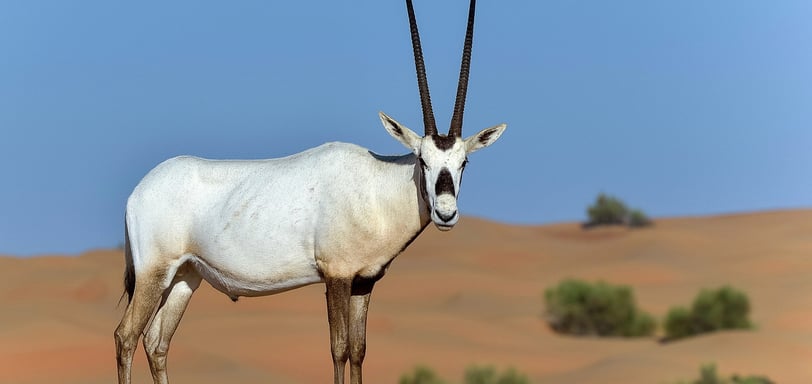

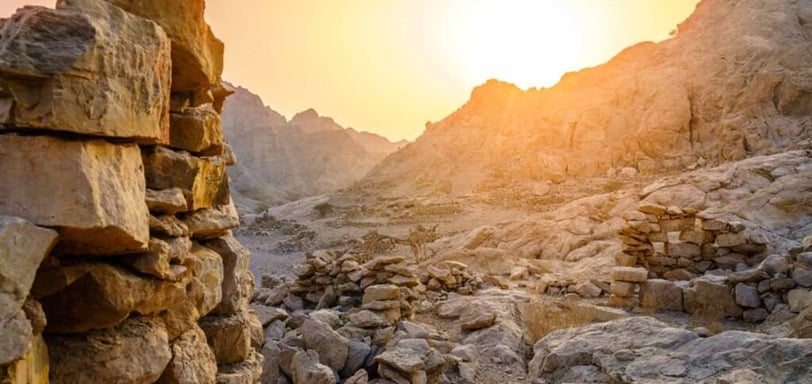

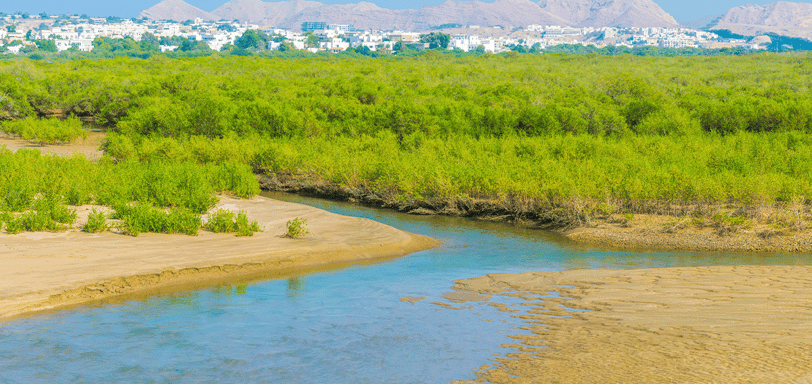

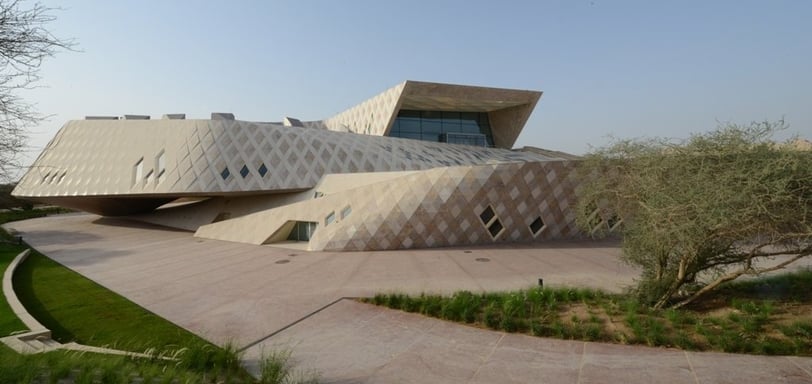

Discover the best places to visit in UAE.
Subscribe to our Newsletter
info@skyland.ae
+971 52 980 3362
© 2025. All rights reserved.


